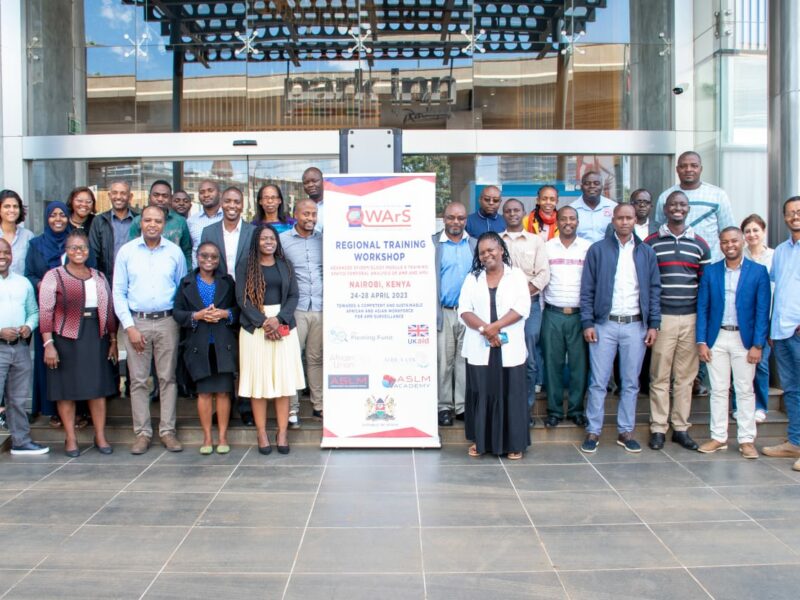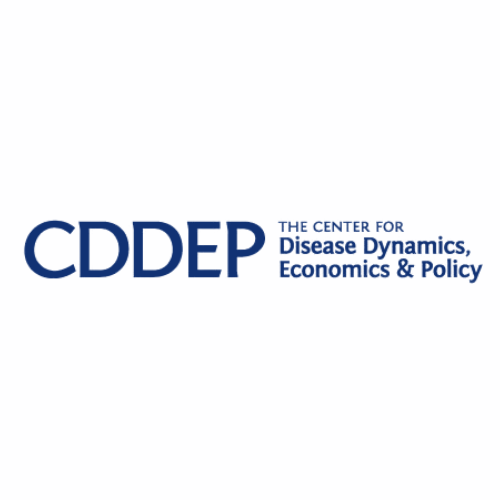
Overview
For decades, people living in malaria-endemic areas have taken malaria drugs for febrile illnesses that might or might not be malaria. Recent developments have rendered this presumptive treatment a less attractive approach, mainly because of the availability of more efficient and patient-friendly options. When treatment for malaria is given without diagnosis, patients suffering from other serious infections, such as pneumonia, remain untreated and as a result, suffer the consequences.
The availability of rapid diagnostic tests (RDTs) for malaria has made it possible for healthcare practitioners to quickly diagnose and determine if malaria is the cause. Another factor is that artemisinin-combination therapies (ACTs) have supplanted chloroquine and sulfadoxine/pyrimethamine (SP), the previously relied-upon drugs, as the recommended first-line treatment for falciparum malaria. While ACTs are effective, they cost at least ten times as much as the older drugs. Expanding the use of RDTs has the added benefit of offsetting the demand for ACTs.
However, RDTs are currently available only for malaria. This has caused healthcare providers to use febrile illness rapid diagnostic tests (FIRDTs) as these tests not only help them to use ACTs appropriately, in cases where the malaria parasite is among the responsible pathogens, they also help them determine the pathogen responsible for the disease in cases where malaria is not the cause. By cutting down on the unnecessary use of antimalarials and antibiotics through more precise targeting, FIRDTs can mitigate the spread of drug resistance. However, for these benefits to be realized, FIRDTs must reach patients in various settings, such as public sector facilities, private clinics, and retail outlets. Treatment must also be guided by the results. Subsidies and appropriate pricing of antibiotics, antimalarials, and RDTs for consumers are also crucial.
This CDDEP project explores febrile illness management in the short term, when only malaria RDTs are available; in the medium and long term, as RDTs for other febrile conditions become available; and more generally, the ways in which RDTs can be used within and outside healthcare systems. The project also introduces a framework of models for global financing to enhance FIRDT adoption and decision-making based on results.







